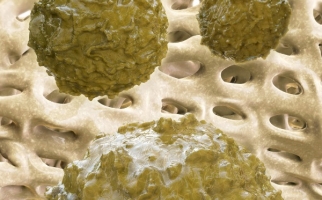
My Stem Cell Donation Story
STEM Explained
In April 2016, Let’s Talk Science volunteer Daniel Tarade donated stem cells to help a person who needed a stem cell transplant to survive. Learn what stem cells are, how and why people donate, and what Daniel’s experience was like.
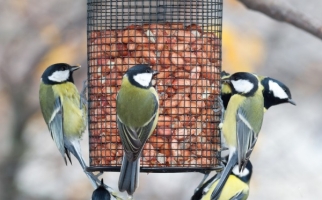
Natural Selection in Your Backyard
STEM Explained
A study on bird feeders and beak sizes shows how an everyday human activity can affect the evolution of another species.

How Snake Venom Kills… and Saves Lives
STEM Explained
Snake venom can be dangerous for your circulatory system, nervous system or muscular system. But it can also be very useful in medicine.
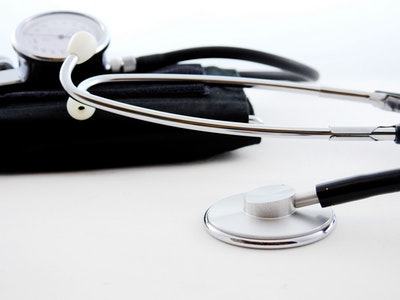
How fast does a heart pump blood?
Hands-on Activities
Get active in this activity and explore the impact of exercise on your heart rate. Ready, set, GO!
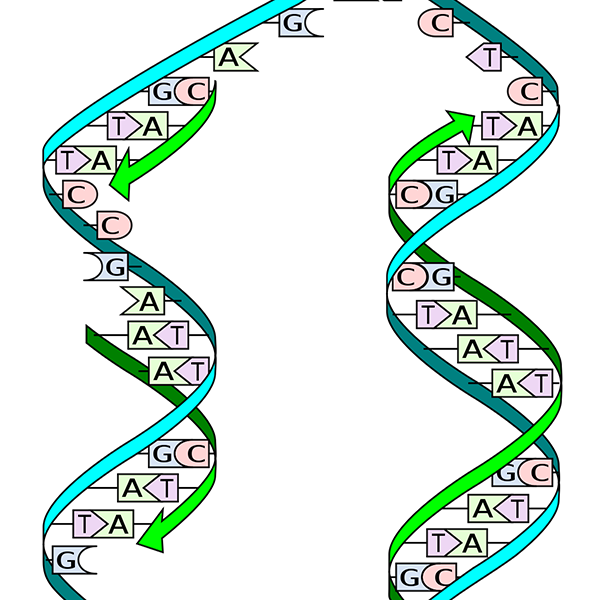
How can I obtain a sample of DNA?
Hands-on Activities
Be a biochemist! Learn how to extract DNA from an onion and find out what DNA looks like.
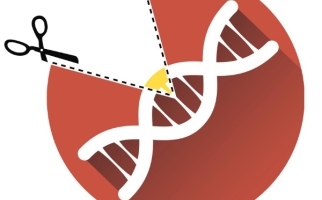
Genome Editing
STEM Explained
Medical biotechnology allows scientists to make changes to the genomes of living things. What are the pros and cons of having access to techniques like these?
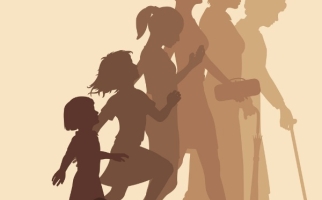
Have Scientists Found a Way for People to Live Longer?
STEM Explained
Everything and everyone ages. But scientists have made discoveries about our cells and circulatory and immune systems that could potentially one day be used to increase human lifespans.

Chemical Equilibrium and Panic Attacks
STEM Explained
Panic attacks are scary and they upset your body’s chemical equilibrium. Learn what happens to acids & bases in your circulatory system during a panic attack.

Cosmic Radiation and Aviation
Backgrounders
Learn how people came to understand the source of cosmic radiation, as well as how this radiation impacts those who work in and travel on airplanes.
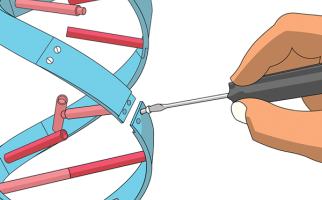
DNA Damage and Repair
Backgrounders
This backgrounder explains the different ways that cells repair damage to DNA.
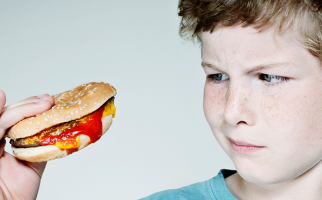
Do You Know What's On Your Plate?
STEM Explained
In 2013, many Europeans learned their beef lasagnas were actually made of horse meat. Learn about food fraud, and how a Canadian invention can help detect it.
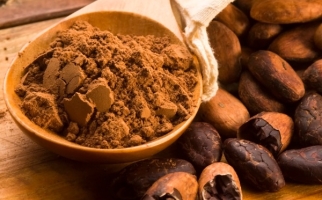
Can Chocolate Make Your Brain Work Better?
STEM Explained
Researchers have found that consuming foods rich in flavanols is linked to more efficient blood flow, which can improve brain function.
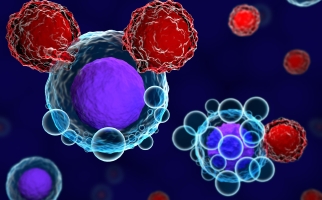
Can Your Own Cells Cure Cancer?
STEM Explained
When a person has cancer, CAR-T Therapy uses their own cells to destroy the cancer cells in their body.

Careers: Dietitian
Picture Collections
5 images of some work that a dietitian might do such as educating patients about how food affects their health
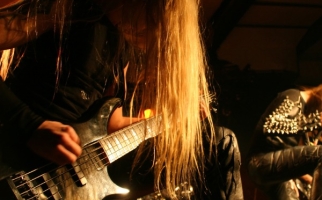
A Taste of Heavy Metal
STEM Explained
Heavy metal is a term for some toxic chemical elements. They can cause problems like bioaccumulation, but are useful in nuclear medicine and medical imaging.